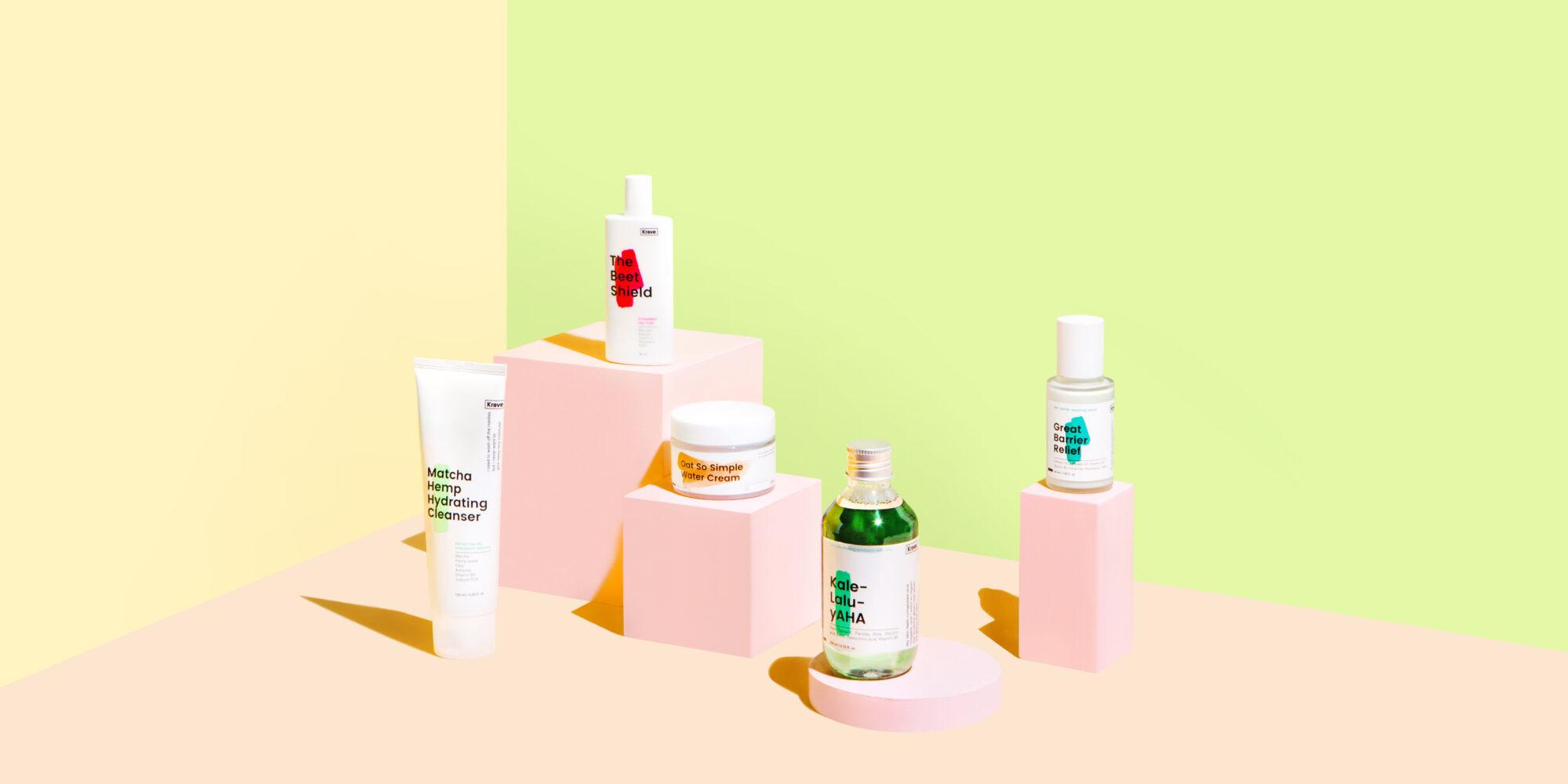
KraveBeauty Is Challenging The Beauty Industry To Take On Hyperconsumerism
Last year, KraveBeauty launched zero products. The lack of releases wasn’t due to pandemic supply chain issues or the beauty equivalent of writer’s block on the part of the skincare brand’s founder Liah Yoo, the YouTuber-turned-entrepreneur. Instead, it was a purposeful move to pull back from the endless flood of beauty merchandise, be intentional about production and become a more sustainable enterprise. “With this commitment, we also wanted to prove to the world that a brand can still grow profitably without creating new demands. After all, our goal is to sell 1 product to 10 people instead of selling 10 products to 1 person,” wrote Yoo in a Medium article.
KraveBeauty, which started in 2017, did grow in 2020 despite its product launch pause. The brand’s sales increased 250%, and its social media following rose almost 200% from the prior year. “That was a big achievement for us, and that’s what success looked like for us in 2020,” Yoo tells Beauty Independent in an interview on Monday. “I’m hoping this can empower like-minded businesses to reconsider their product development strategy.” She talked to us further about why she created KraveBeauty, how the brand generated interest without product launches, and the huge changes she’s hoping to inspire the beauty industry to make in the future.
How did you get into the beauty industry?
I was born and raised in Seoul, South Korea. When I was studying in university, K-pop was something everyone was paying more attention to internationally, and the interest in K-pop naturally expanded into K-Beauty. That’s when the Western world started to recognize K-Beauty, and [Soko Glam co-founder] Charlotte Cho began to talk about the Korean 10-step skincare routine. On YouTube, there wasn’t anyone specifically reviewing Korean skincare products. I thought, “I live in Korea, so I might as well take advantage of the flexibility I have in Korea to buy and review products.” That’s how I started my YouTube channel. I never thought I’d have an audience, but, slowly, I grew an audience and, now, I have over 1 million subscribers.
Right out of college, I applied for a job at the Amorepacific headquarters. That was my very first time being exposed to the backend of the beauty industry. As soon as I became an insider, I noticed the highly capitalistic side of the beauty industry. Product launches weren’t coming from the place of, “Our customers need this, these are their pain points and the products to solve them.” It was, “We need to meet the sales target this year or this hero product is doing so well, so let’s expand it to a moisturizer, day cream and night cream.” They are looking at customers as a metric, not people you are serving.
I sensed there was a fire stirring up inside me. After two and a half years, I had a taste of the industry as an insider, and I wanted to become a content creator full-time because I enjoyed talking to people about the business. We are living in a world where there are so many product options out there and so much expert advice available from sales reps, friends, Wikipedia, Paula Choice’s ingredient dictionary and other online sources, but, more than ever, people are confused about how to create the right skincare routine. The fast product launch cycle has perpetuated that confusion.
I thought, “There needs to be a voice in the industry that’s an insider who can help slow down the beauty industry, and liberate people from the stress and overwhelm.” That’s how KraveBeauty was born. From the very beginning, our ethos was to empower people to tune into their skin’s craving instead of listen to external voices. I think people develop a habit of tending to listen to online sources over trusting their intuition. If your skin is dry, that’s when you want to insert a moisturizer. You don’t need 12 products to solve your problems.
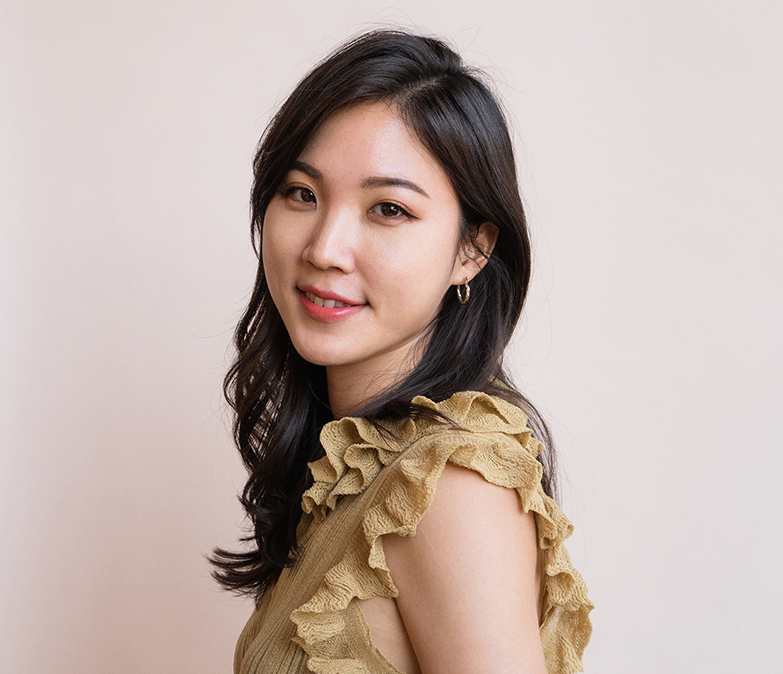
Did you figure out what you wanted to do on YouTube right away?
It took me probably five years to figure out my product-market fit on YouTube. If we’re referring to the content as the product and the market as the entire platform where the audience is, there needs to be a strong product-market fit. At first, I was trying to mimic other content creators that have millions of subscribers, but it wasn’t ever me. What really propelled the growth on my YouTube channel was having a pretty refreshing voice in the skincare community.
I used to have really bad skin, and I spent so much money on dermatologists, laser treatments and acne products. I took oral antibiotics, and that dries out your skin to the point it’s very papery, but my skin wasn’t improving. That’s when I flipped my approach to skincare. Not a lot of people pay attention to what your skin can do on a biological level. I learned about the importance of the skin barrier. People these days are obsessed with what ingredients like niacinamide or AHA do, but what a lot of people don’t realize is that your skin can do what these ingredients can do. Your skin is your largest organ, and its natural function is to repair and regulate. Without knowing the makeup of skin, people immediately go out and buy new products to fix problems, but, oftentimes, your skin can fix them by itself.
When everyone else was preaching more is more, I started preaching less is more, and that’s how my skin transformed. I introduced the Skincare Diet on YouTube, and it blew up. That was the concept of stripping everything back to the bare basics and seeing what your skin can naturally do. It’s almost like entering a fast for your body to see how it can metabolize with little to no food. It’s about learning how your skin naturally works and building a skin routine based around what your skin is telling you.
At the time, people who had acne-prone skin had literally tried everything from Accutane to Curology, and they came across the Skincare Diet and tried it because they had nothing to lose. I think it’s probably the first time many acne-prone people went back to the bare minimum. If you have acne, you have a tendency to add more products to fix problems. The Skincare Diet method was about letting your skin heal and recover on its own to see how your skin functions without all these products. Hundreds of people were sending me before-and-afters of their skin and telling me how the simple Skincare Diet helped their skin. That skyrocketed the growth of my YouTube channel.
How much did it cost to start KraveBeauty?
If you are manufacturing in South Korea, the infrastructure is so well built that your startup capital can be as little as $30,000. I started with $50,000 in total. I launched with two SKUs. I was taking a lean and nimble approach. The majority of the costs went into buying inventory and setting up a fulfillment center in the U.S. because we aren’t only launching in Korea. We wanted to make it more of a U.S. brand. I moved to the U.S. in 2018. I launched very minimally. We didn’t have 20 different products, and I didn’t have a fully built-out team at the time. I think it was the right decision to take it slow, be intentional and make sure our business was profitable before hiring anyone or scaling.
What were the first two products, and why did you do those?
The Matcha Hemp Hydrating Cleanser and Kale-Lalu-yAHA, which is an AHA product with 5% glycolic acid, are what I launched with. Cleanser is the No. 1 threat to your skin barrier because it dissolves your natural lipids. Especially if you have acne-prone skin, the habit is to scrub the bacteria off of your skin and, if you cleanse three to five times a day, that can lead to a more damaged skin barrier. We wanted to launch a product that was gentle to your skin barrier and tied to the message of cleansing less. You can cleanse once a day and have great skin.
At the time I launched, if there was an AHA product, it wasn’t accessible on a beginner’s level. There was [Biologique Recherche] P50 and Drunk Elephant, but I wanted to introduce gentle chemical exfoliation that could replace the habit of harshly scrubbing off bacteria for people with acne who were doing that. More than the product, I was interested in introducing a routine that was an alternative to conventional acne-fighting methods.
What was the distribution strategy?
Our distribution to date is only DTC. It was a very intentional choice. I’m not interested in pursuing the DTC trend, but I was fascinated by the idea of having a direct relationship with customers. I know the power Sephora, Ulta and Target can have to grow a brand, but, at the same time, I witnessed when I was working for Amorepacific that, when you enter a partnership with a retailer, the retailer almost becomes a shareholder in your company and can dictate your product development cadence and strategy. So, I was really cautious about giving away that power at first.
We will be DTC for the next year or so, but, once we do firmly develop a product development strategy and, if a retailer agrees to that, we can bring KraveBeauty to the next level with a retailer. We are open to it, but the most important thing was owning the relationship with the consumer without having a third part in between and, secondly, owning the product development.
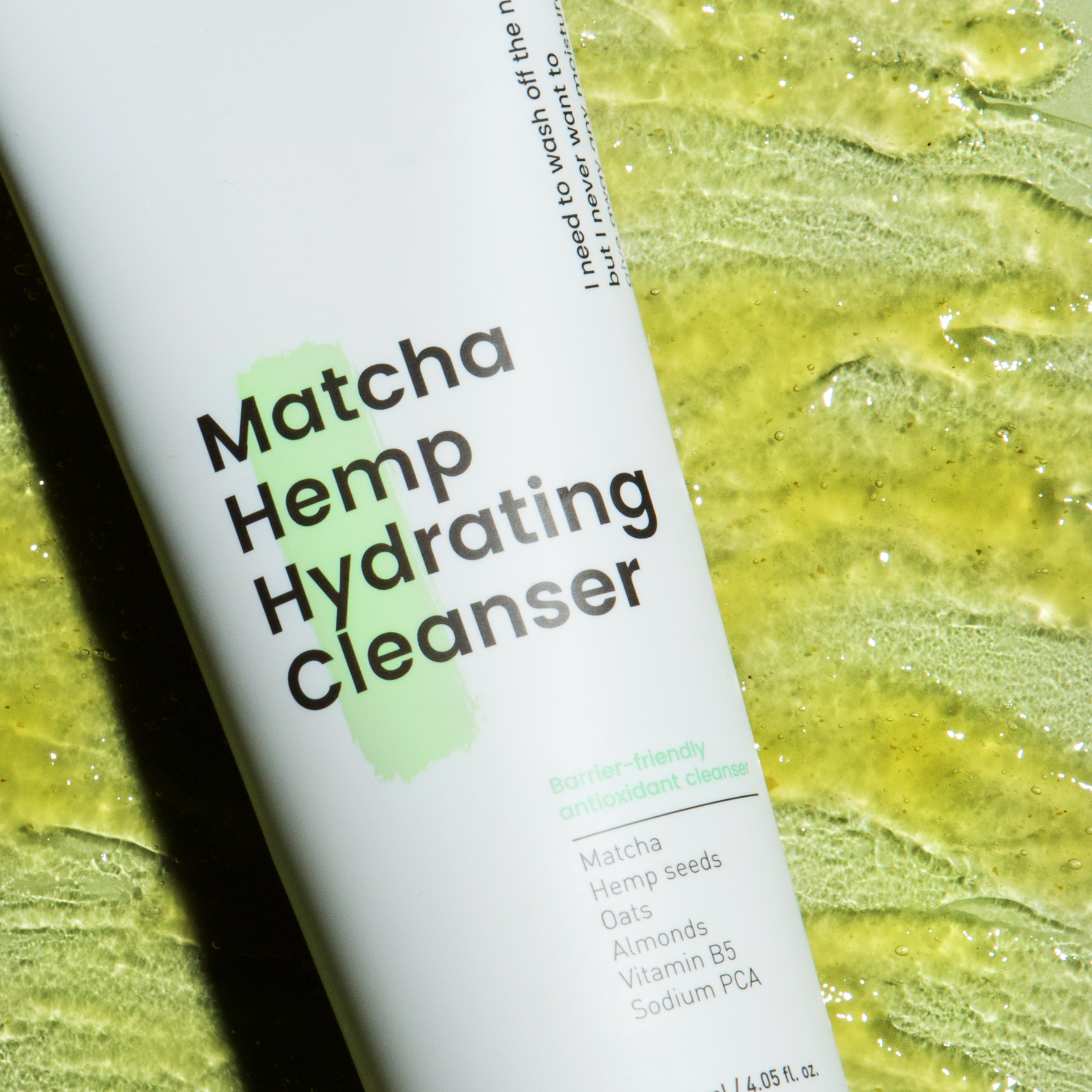
Who are KraveBeauty’s core customers?
Our core customers are a little bit older gen Z. So, right out of college. They live in coastal cities in California, New York and Northeast America. They are people who are really savvy with their social media, but, more than anything, we tend to attract people who have tried a lot of different brands, and are tired of marketing and being overwhelmed by choice from other brands. Our core customers view us as a refreshing friend in the industry that they want to grow together with.
When did you grow the brand’s assortment?
After the launch, I think it took us eight months to launch a new product. The next launch was sunscreen. We can’t launch the sunscreen in the United States though. We launched sunscreen because I know how important it is to protect your skin. Signs of aging come from sun exposure, so I wanted to develop a sunscreen that people want to use on a daily basis. The next product came out 18 months after the launch. It’s called Great Barrier Relief. It goes back to the core message of respecting and protecting your skin barrier.
The entire industry was releasing really harsh potent products. I think The Ordinary has influenced the industry in a good way, but also in an interesting way where it’s democratized access to active formulas. Anyone on a low budget can access 30% vitamin C and 30% AHA. So, everyone is trying it and damaging their skin because they’re not using it with proper education and caution. The affordability and accessibility of active formulas was promoting a trend to overdo skincare. I wanted to press reset on that instant gratification culture in skincare where you need to see immediate results. The perception of skincare was almost changing for it to have a drug-like effect. Skincare doesn’t need to be like a drug. It can be there to care for your skin.
Once people applied Great Barrier Relief, which can be great to pair with active ingredients, they were noticing great results. Once you reconstruct the moisture you are naturally born with, you are going to see great results. It’s not necessarily because of our product. It’s because the skin barrier is coming back to being intact.
At the end of 2019, we launched a super lightweight moisturizer called Oat So Simple Water Cream. I thought moisturizers were promising too much and becoming too specialized. When I walked into Sephora, it was hard to find a basic moisturizing moisturizer. Every moisturizer was claiming to literally solve all of your problems. We created a moisturizer that would be pretty boring to the industry, but also very much needed because it has less than 10 ingredients. It has no fragrance or essential oils, but a bunch of humectants and colloidal oatmeal to soothe the skin.
Why did you decide not to have new products last year?
In 2020, we launched a new initiative called Slow Down Skincare, where we committed not to launch a product for a year, reassess our portfolio, really take our time to see what’s needed and what’s not needed, and how the industry is moving. There is a lot of pressure for companies to launch products. First of all, the growth of social media has totally changed the product launch cycle. Nowadays, to stay relevant to your customers’ feeds, you need to launch new things constantly. Secondly, if you have shareholders and investors, there is definitely going to be pressure for you to realize profits quickly and, in an oversaturated market like the beauty industry, in order for companies to grow financially, they are going to launch products over trying to acquire new customers at a much higher cost. When I saw those problems, I thought, “Why don’t we show the world we really don’t need to launch new products to stay relevant, keep our community engaged and grow our business profitably?”
Another big reason we committed to not launching products in 2020 was sustainability. When it comes sustainability practices, it’s so amazing to see other beauty and personal care brands trying to implement refillable strategies, recyclable packaging and new material innovation, but, if you are really trying to reduce your environmental footprint, you have to revisit how you are producing products in the first place. Are you creating another unnecessary want or something that is essential to customers? If you are doing recyclable plastic, but creating a million unnecessary products, is that really environmentally friendly? There’s this notion of reduce, reuse, recycle, but the reduce side gets significantly overshadowed by reuse and recycle. I wanted to put a bigger emphasis on the reduce aspect.
How did you replace the energy that comes with product launches?
Our content marketing strategy is pretty robust. We put a bigger emphasis on how we engage with customers, and it’s always about education. We haven’t posted a lot of things about our products, but we stay relevant as a skincare nerd friend to follow. It’s possible to stay relevant by shifting your strategy to acquiring new customers, leveraging influencer partnerships and creating new channels. We tried livestreaming once through Newness and, more and more, we will be open to trying livestreaming. We didn’t jump on TikTok soon enough with our brand account, so we didn’t get that first influx of followers, but we tried to grow with skincare creators because a lot of Instagrammers and the skincare community on YouTube was expanding to TikTok. There’s Skincarebyhyram, Whatsonvisface and Glowopedia. By building relationships with the new skincare TikTokkers, we expanded our hashtag views for KraveBeauty.
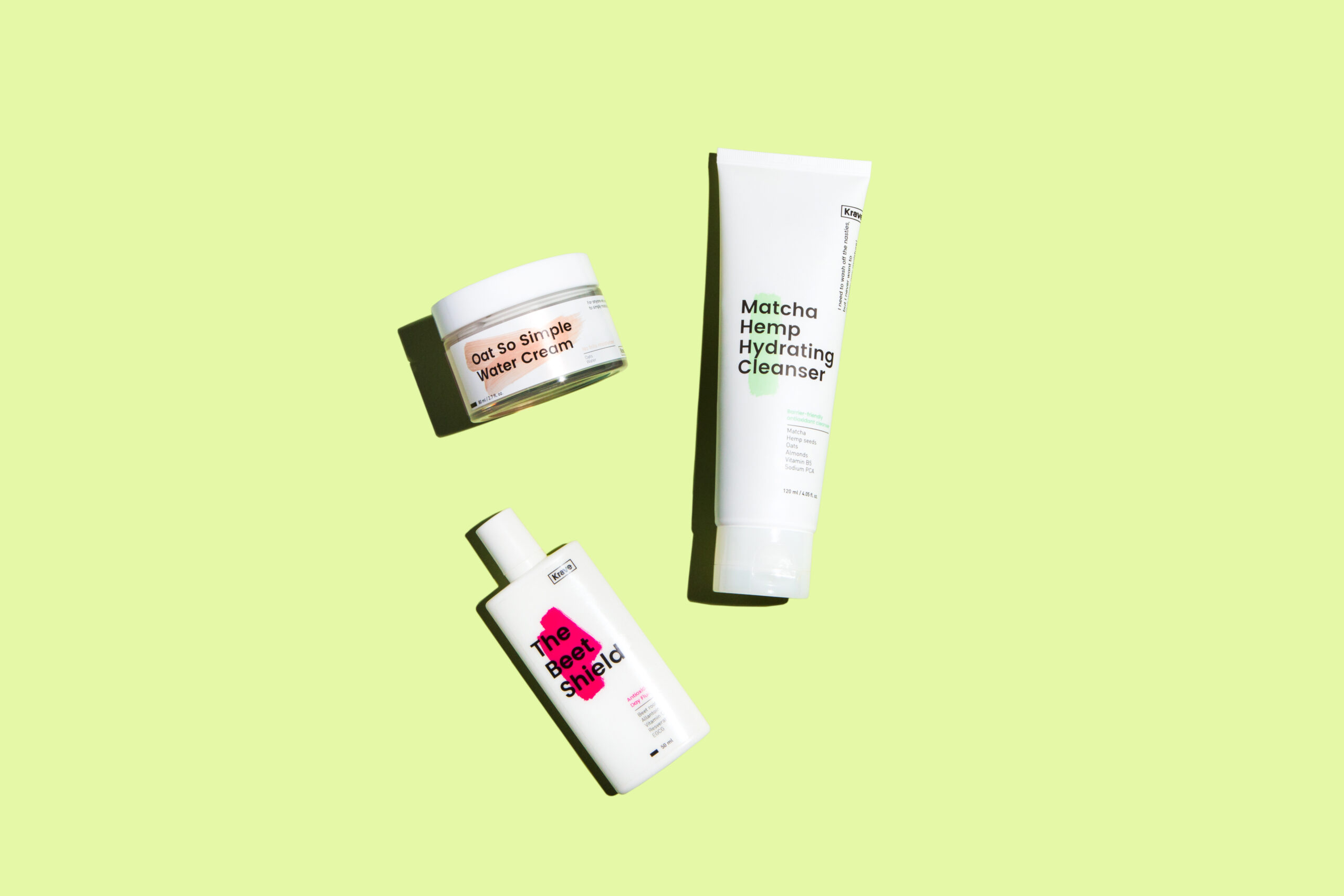
Is KraveBeauty launching a product this year?
We are launching one product this year, and it’s going to be a makeup remover. As we increase our sustainability efforts, we wanted to tackle the sustainable sourcing side. We found a supplier that crafts this oil from a byproduct of the agricultural industry. Agricultural practices emit a lot of greenhouse emissions and, if you can cut that back in the beginning, you are saving a huge amount of carbon footprint. The makeup remover is going to be the very first product of ours that will have a sustainable sourcing story. We also noticed a lot of the makeup removers out there aren’t necessarily biodegradable, and we want to make sure all of our wash-off products are tested as biodegradable. We can’t acclaim it is biodegradable at the moment because we are in the development process, but a goal of ours is to have this product biodegrade after it washes off.
Beyond the product launch, what are short- and long-term goals for KraveBeauty?
We want to drive change in the industry at a larger scale. We are going to lay down foundations for our brand identity and our community as a tribe to rally together to influence, inspire and demand the industry to change for the better. That means having a more holistic and robust campaign strategy this year. In five years, where I want to take KraveBeauty is to actively invest in supply chains. When we were trying to do our sustainable life cycle analysis, we noticed we could only innovate at the pace of beauty supply chains. Oftentimes, we need to educate the suppliers on what’s sustainable and what is not. It means they need more investment and education.
For the entire beauty industry and brands to advance toward a more sustainable future, there needs to be collaboration happening between the supply chain and brands. We are trying to allocate funds for strategic partnerships with suppliers. Nothing is set in stone or signed, but the vision I have is to build an ecosystem within the supply chain that would move the entire needle for the beauty industry to become more sustainable. The brands can’t do it themselves. They need the help of the supply chain, and the supply chain can be behind because suppliers aren’t interacting directly with customers.

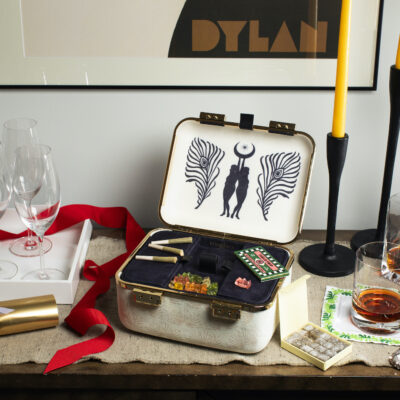
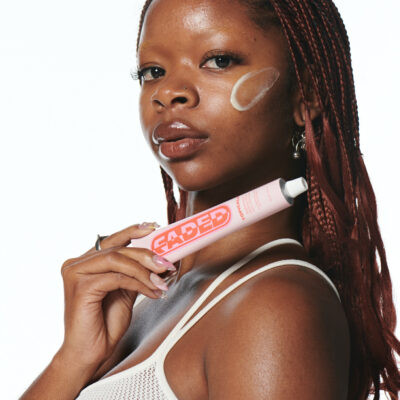
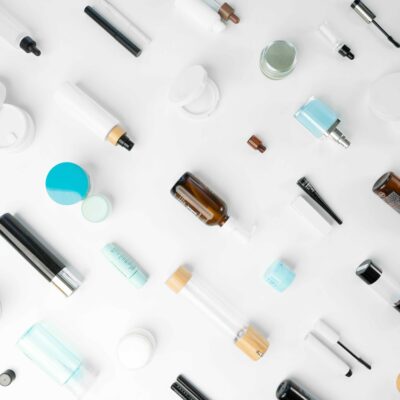
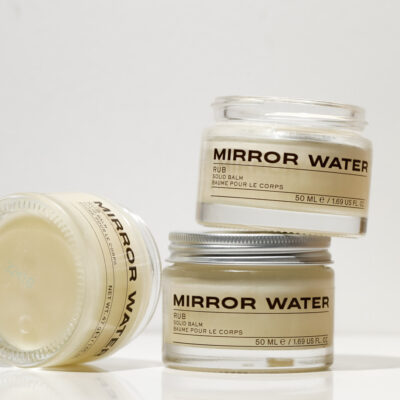
Leave a Reply
You must be logged in to post a comment.